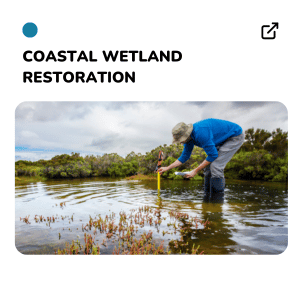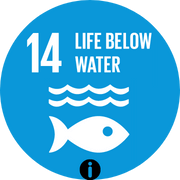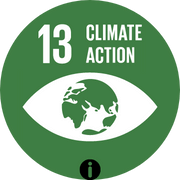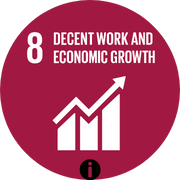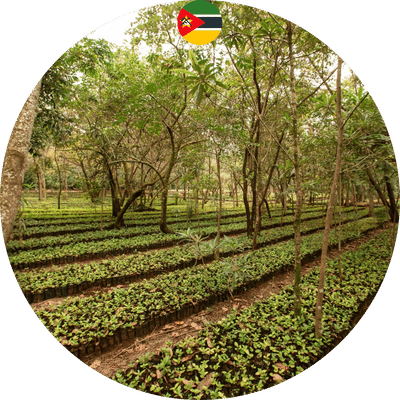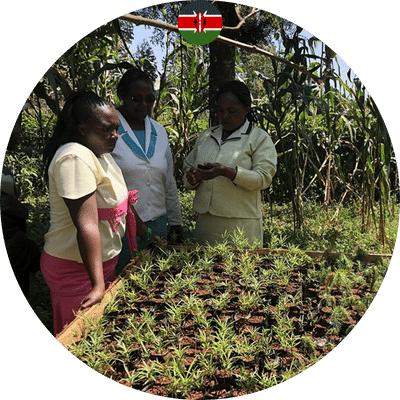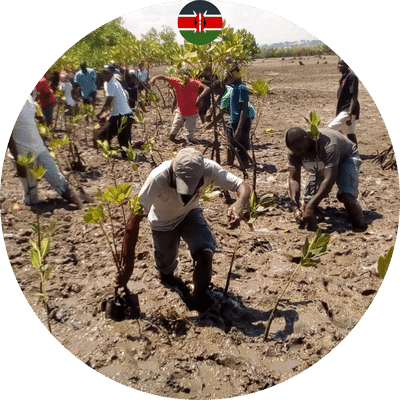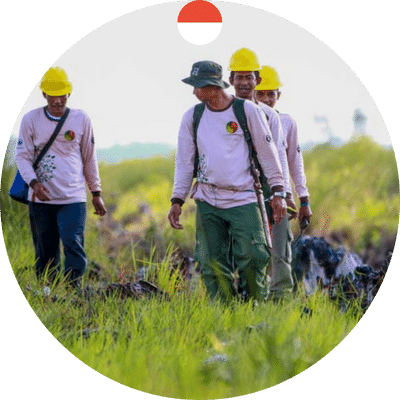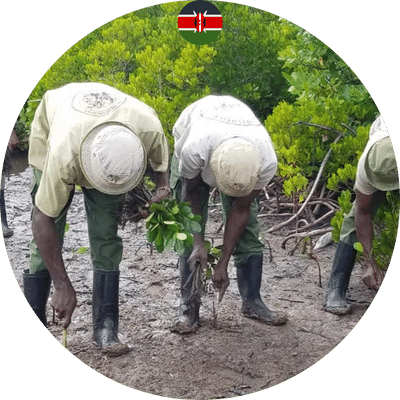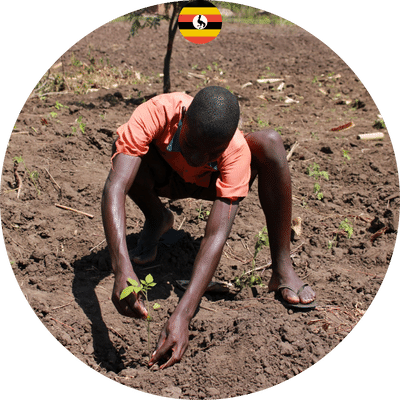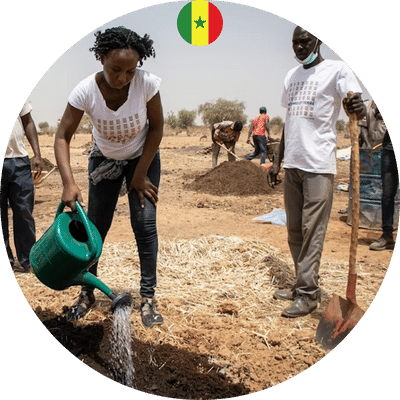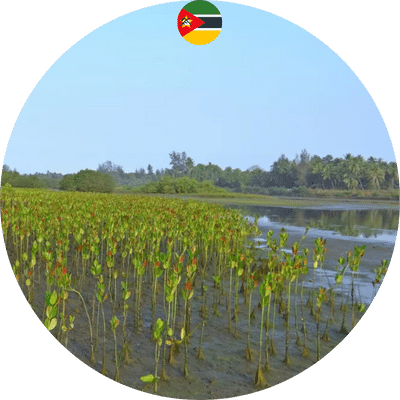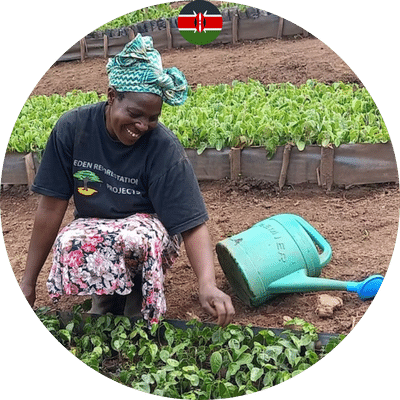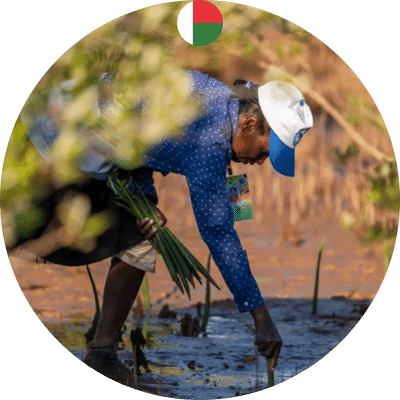Mangrove Forest Restoration in Mindanao
Project location
Mindanao is the second-largest island in the Philippines and is known for its diverse ecosystems, rich cultural heritage, and complex social and political challenges.
Mindanao has a diverse population of over 25 million, including many indigenous groups with distinct cultures and languages. The island is known for its rich cultural heritage, which includes traditional dance, music, and crafts. However, conflict and violence in recent decades have also affected the island, particularly related to separatist movements and terrorist activities. Many people in Mindanao face poverty, inequality, and limited access to education and healthcare.
Mindanao is home to many different communities, each with its own unique traditions, customs, and beliefs. Many of these communities rely on the natural resources of the island, such as forests and marine ecosystems, for their livelihoods. However, they are often vulnerable to exploitation and marginalisation, especially by large-scale mining and agribusiness operations.
Mindanao is home to a range of unique ecosystems, including tropical rainforests, mangrove swamps, and coral reefs. It is also home to several active volcanoes and is vulnerable to typhoons and other natural disasters. However, many of these ecosystems are under threat from deforestation, mining, and other forms of environmental degradation. In recent years, there has been a growing movement to protect and restore these ecosystems, with many indigenous communities leading the way in conservation efforts.
Planting partner
Oceanus is a non-profit environmental organisation focusing on the conservation and restoration of blue carbon habitats in the Philippines.
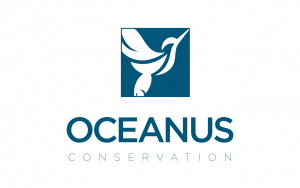
Blue carbon is the carbon stored in coastal and marine ecosystems. These ecosystems sequester and store large quantities of blue carbon in both the plants and the sediment below. For example, over 95% of the carbon in seagrass meadows is stored in the soil.
The Project
The Philippines is home to some of the world’s most extensive mangrove forests, with an estimated total area of around 256,185 hectares. However, these mangroves have been under threat from human activities such as coastal development, aquaculture, and timber harvesting.
Mangroves play a crucial role in protecting coastlines from erosion and storm surges, providing habitat for various species, and supporting local livelihoods through fishing and ecotourism. The loss of mangroves can result in increased vulnerability to natural disasters, declining fish populations, and loss of livelihoods for coastal communities.
In recent years, there have been efforts to restore and protect mangrove forests in the Philippines. The government has implemented various policies and programs, including the National Mangrove and Wetlands Conservation and Management Program, which aims to rehabilitate and protect degraded mangrove forests. Several NGOs like Oceanus are also working to restore and protect mangroves.
In total, 138 ha of mangroves are being restored and safeguarded for this Municipality by the Local Government of Cagwait and Oceanus. There is currently only 138 ha of mangroves left in the Municipality, which once had about 500 ha. The planting starts in the polygon below and then moves to further locations. To keep developing this site, Kuwi.org will provide financial assistance.
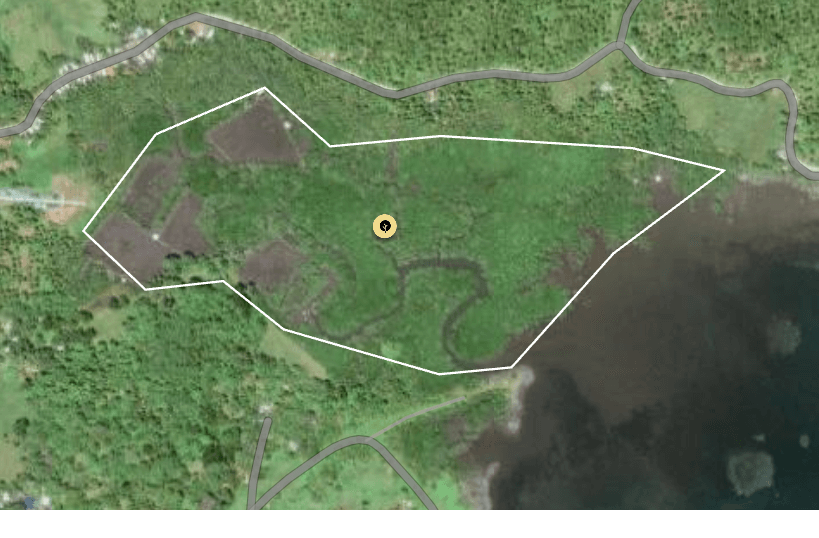
Coastal Wetland Protection
Seagrasses, mangroves, and salt marshes all greatly increase the amount of carbon stored in soil and plant life. Their preservation prevents deterioration and maintains their carbon sinks.
Project validation
This project is not certified for carbon credits. You can follow this project on Restor for project updates and progress via satellite imagery.
Photos 📷







IUCN Red List
The state of the world’s biodiversity can be determined in large part by looking at the IUCN Red List. It is a powerful instrument to inform and spark action for biodiversity conservation and policy change, which is essential to safeguarding the natural resources we depend on for survival. It is much more than a list of species and their condition.
There are several species listed on the IUCN Red List that can be found on the island of Mindanao. There are several tree species in this are included on the IUCN Red List. Many of these tree species are considered to be at risk due to habitat loss, deforestation, and other factors such as logging and mining activities. The most notable tree species on the list are:
Philippine teak
This tree species is endemic to the Philippines and is listed as endangered due to habitat loss and over-exploitation for its valuable wood.
Apitong
A large tree species that is important for timber production, Apitong is listed as vulnerable on the IUCN Red List due to deforestation and habitat loss.
Yakal
Another important timber species, yakal is listed as endangered on the IUCN Red List due to deforestation and over-exploitation for its wood.
Lauan
Several species of lauan trees, which are important for the production of high-quality wood, are listed as vulnerable or endangered on the IUCN Red List. These species are threatened by habitat loss and over-exploitation for timber.
The most notable threatened animal species that can be found on Mindanao are:
Philippine eagle
Endemic to the Philippines, the Philippine eagle is a critically endangered species and the largest eagle in the world. The species is found in forested areas on Mindanao and a few other islands in the country.
Tarsiers
Mindanao is home to several species of tarsiers, which are small primates that are endemic to the Philippines. These species, including the Philippine tarsier (Tarsius syrichta), are listed as vulnerable or endangered on the IUCN Red List due to habitat loss and fragmentation.
Crocodiles
Two species of crocodiles can be found in the rivers and coastal areas of Mindanao. The Philippine crocodile (Crocodylus mindorensis) is listed as critically endangered, while the saltwater crocodile (Crocodylus porosus) is listed as vulnerable.
Mindanao bleeding-heart dove
Endemic to Mindanao, this species of dove is listed as vulnerable on the IUCN Red List due to habitat loss and hunting.
Mindanao flying squirrel
This species of flying squirrel is found only on the island of Mindanao and is listed as vulnerable due to habitat loss.
Flora
Cagwait is home to a diverse range of plant species, including many that are found in the tropical rainforest biome of Southeast Asia. The town’s vegetation is largely composed of coconut trees, banana plants, and other fruit trees, as well as various species of hardwood and softwood trees.
The area around Cagwait is also home to various species of ferns, mosses, and orchids, which thrive in the humid and rainy conditions of the region. Some of the plants found in the area are also used for medicinal purposes by local communities, including ginger, lemongrass, and guava. Overall, the flora in Cagwait is an important part of the town’s natural environment and supports the livelihoods and well-being of local communities.
Fauna
Cagwait is home to a diverse array of wildlife, with many species found in the surrounding forests, rivers, and coastal areas. The region is known for its rich marine biodiversity, with various fish, crustaceans, and mollusks found in the waters around Cagwait.
These species provide an important source of food and livelihood for local communities. The town is also home to various land animals, including monkeys, wild pigs, and various species of birds. In the nearby forests, it’s possible to find various species of reptiles, amphibians, and small mammals, such as bats and squirrels.
Overall, the fauna in Cagwait is an important part of the town’s natural environment and supports the livelihoods and well-being of local communities. However, like many other parts of the Philippines, Cagwait’s wildlife faces threats from habitat destruction, overfishing, and other human activities.



